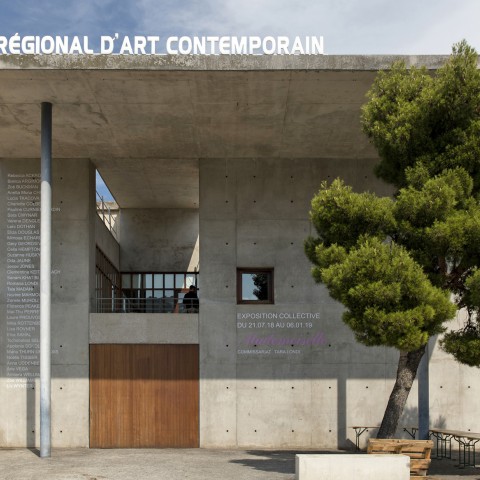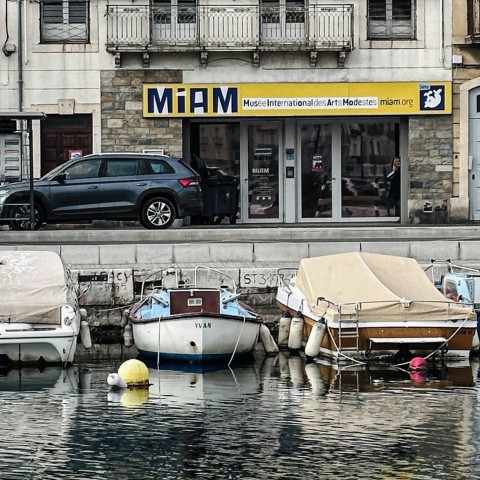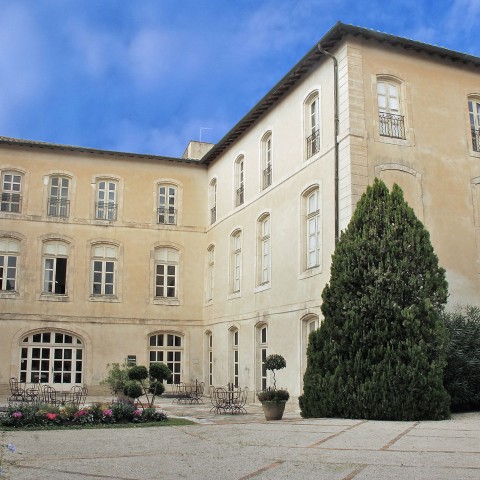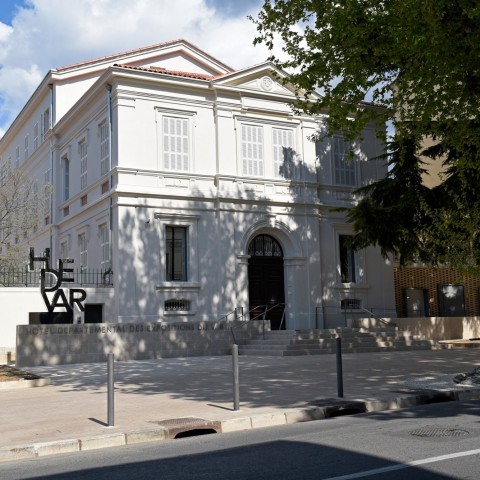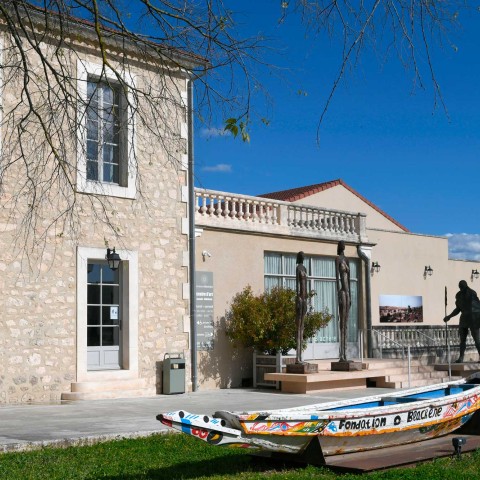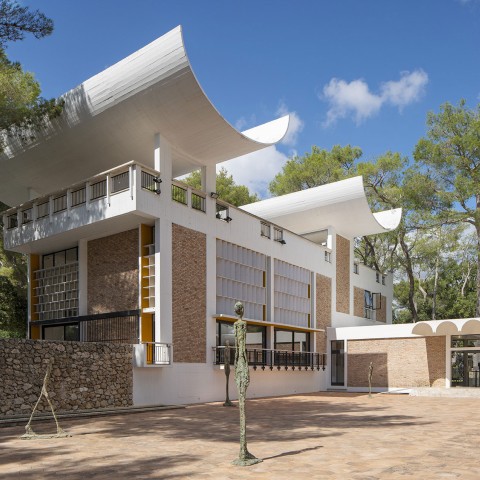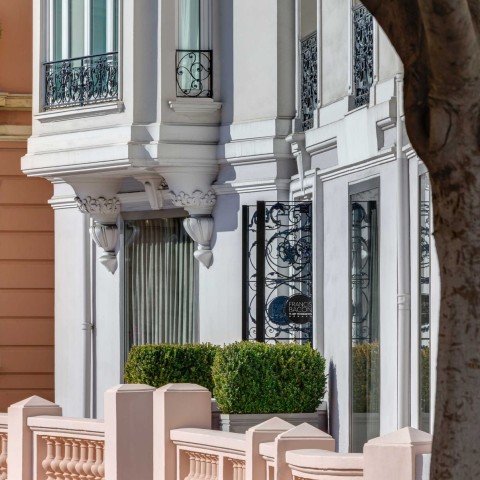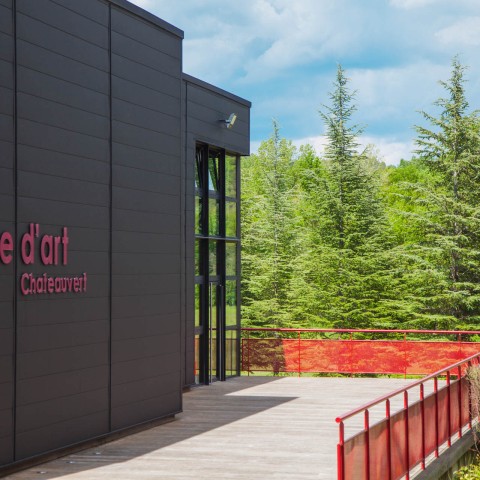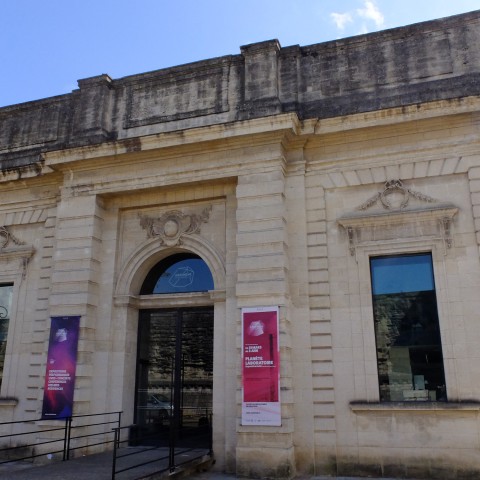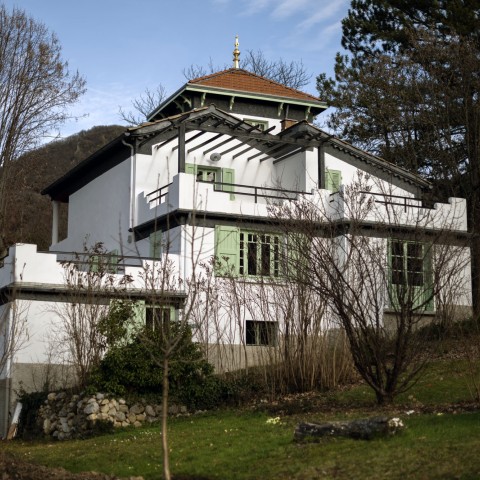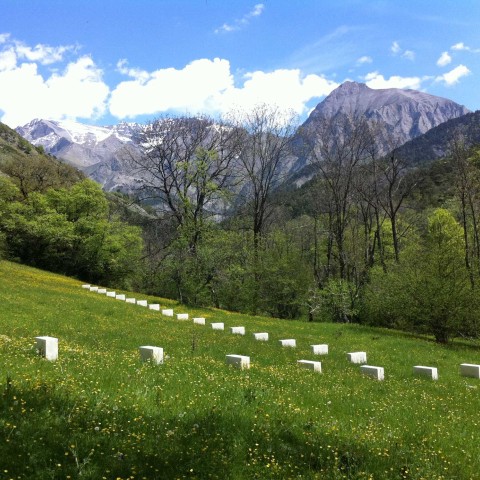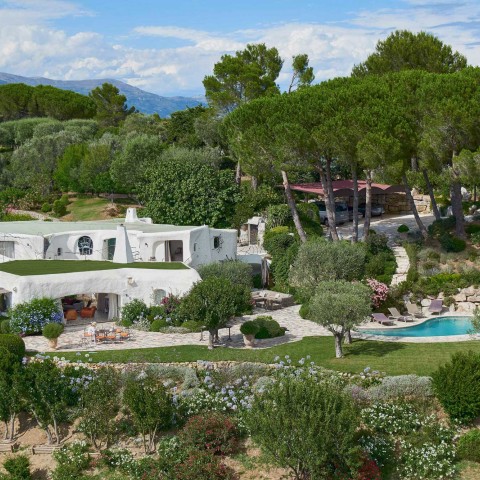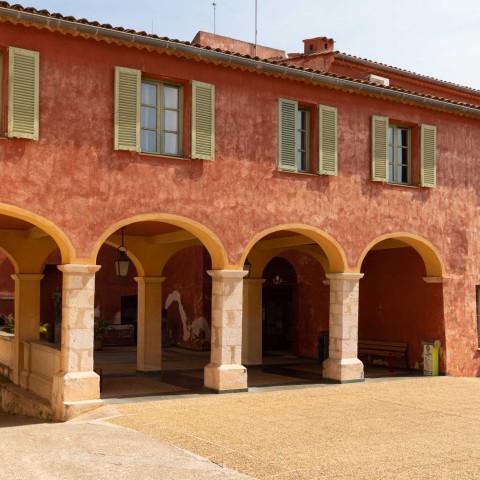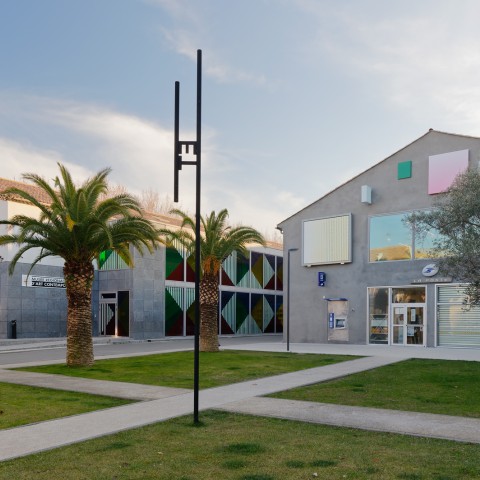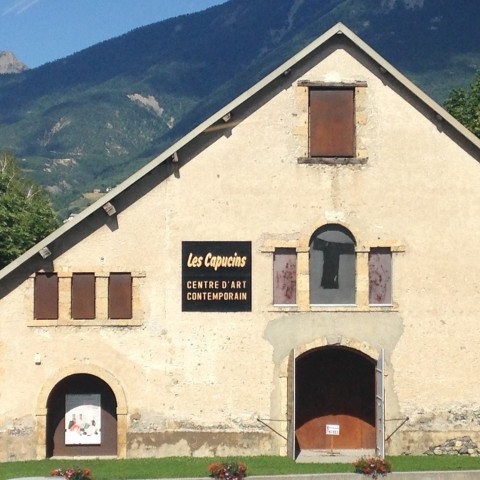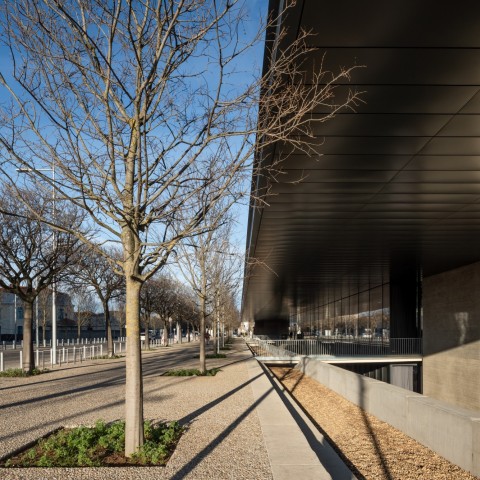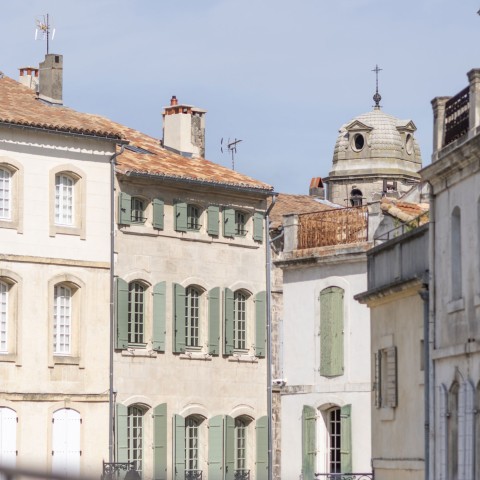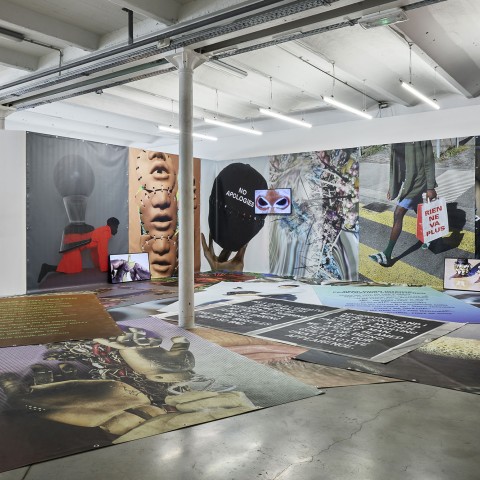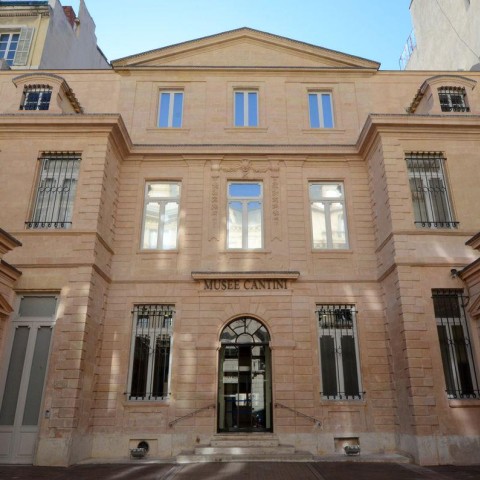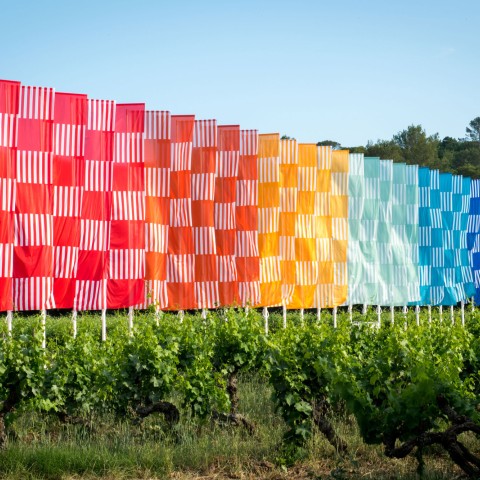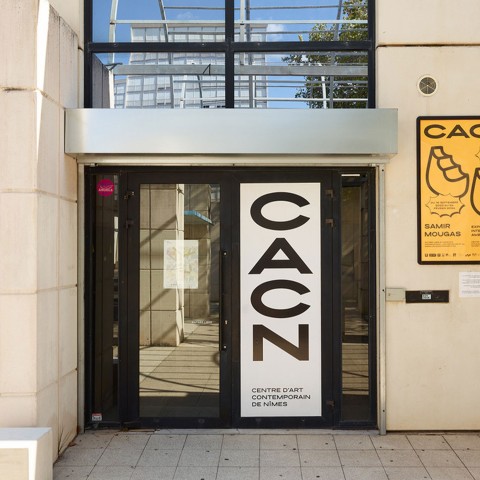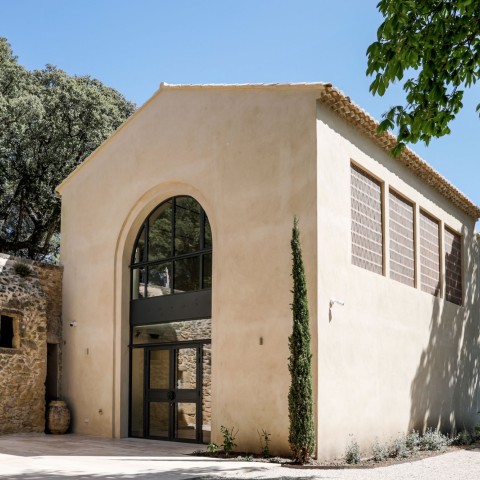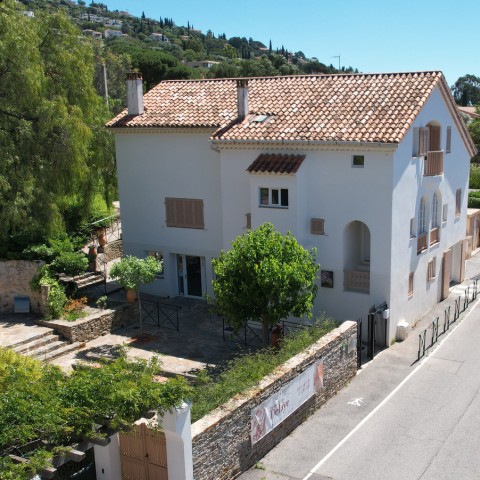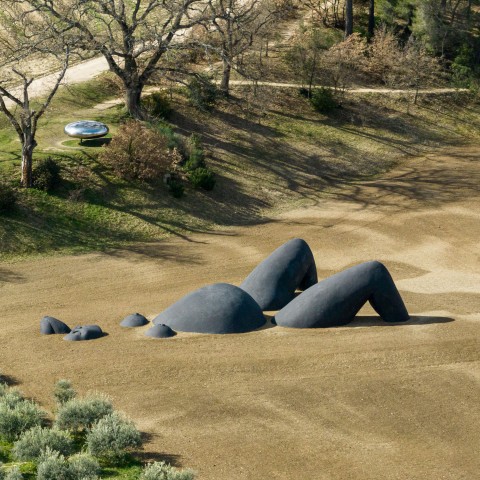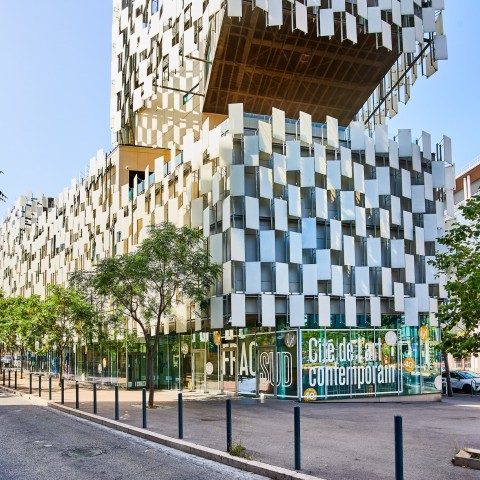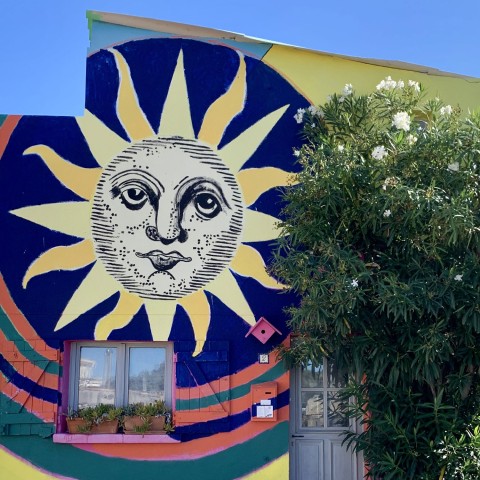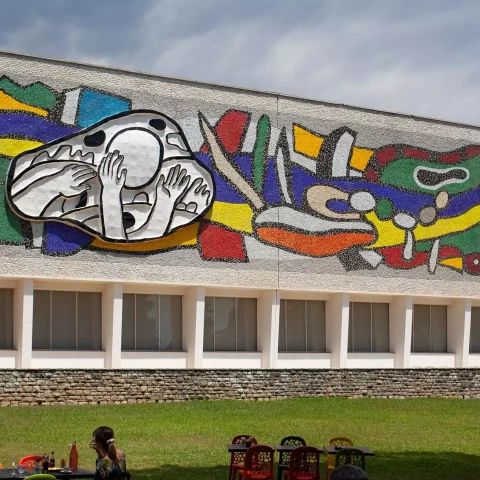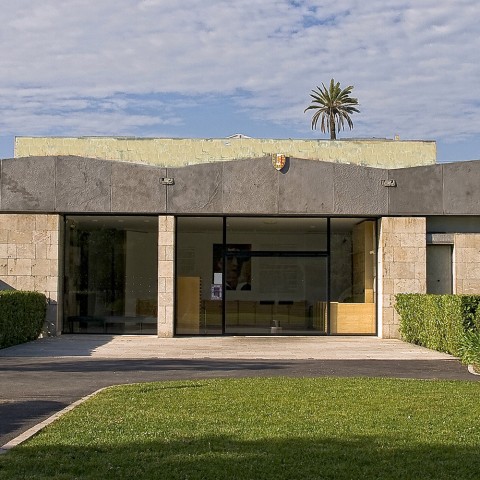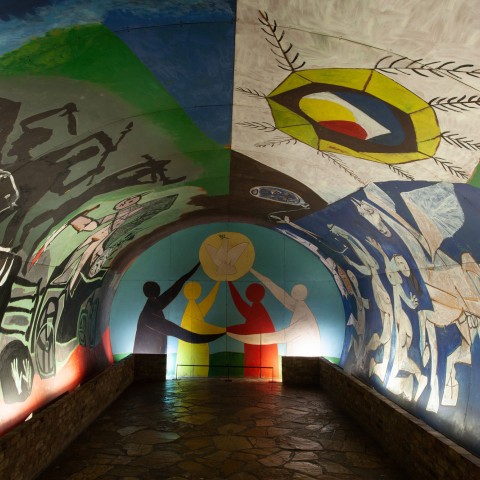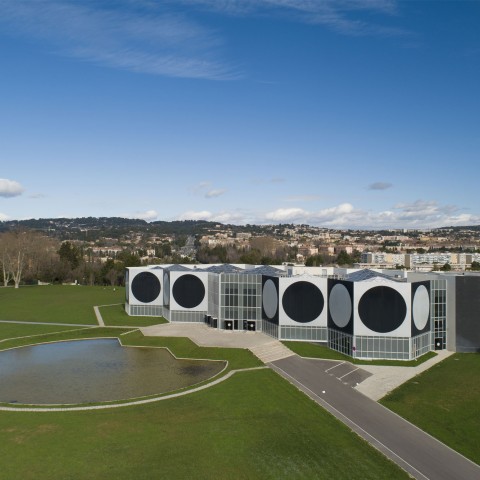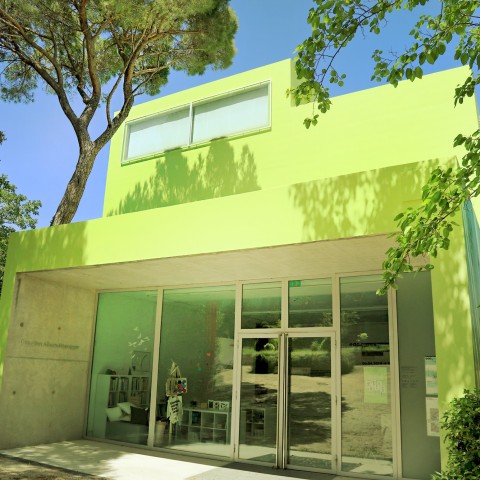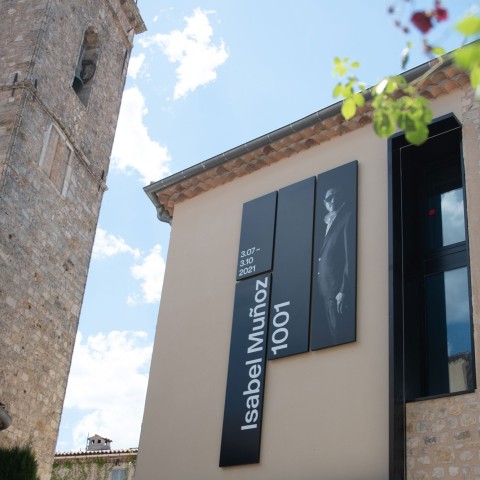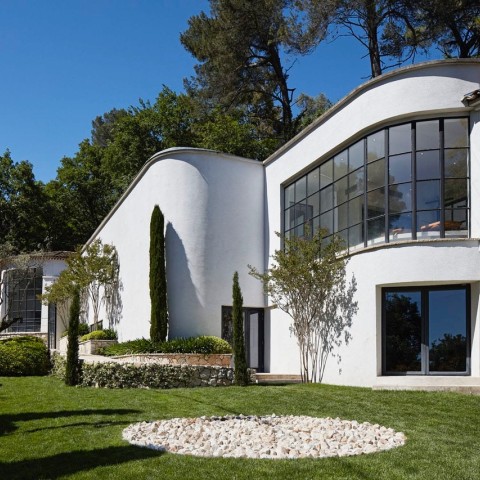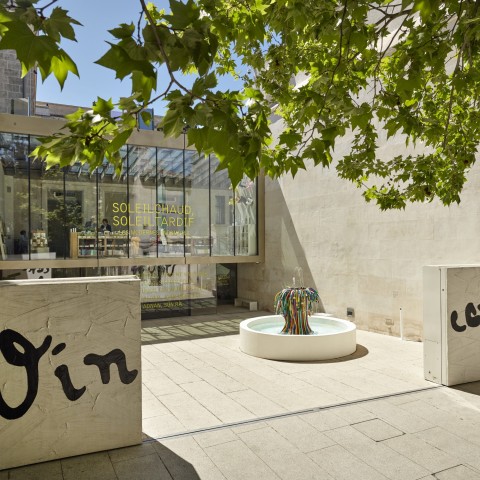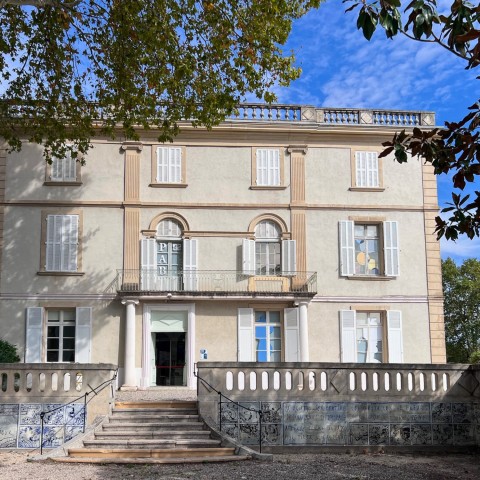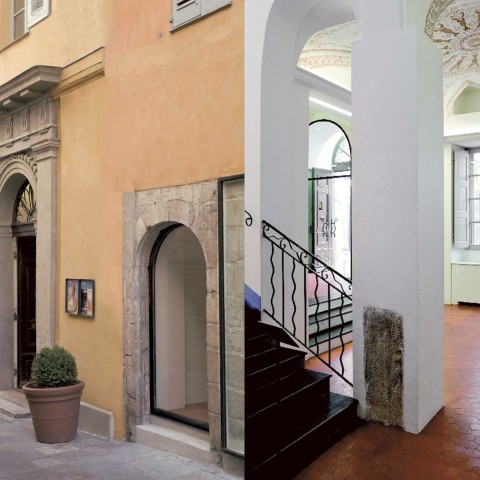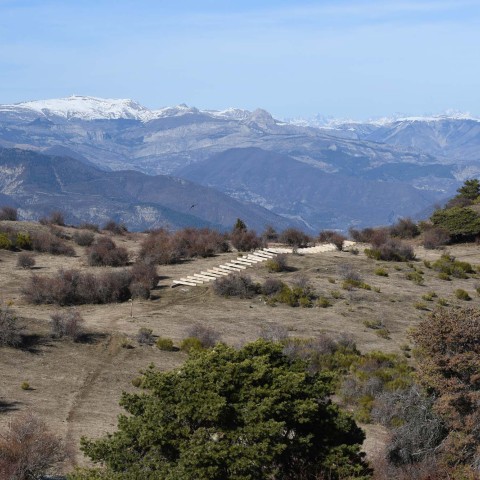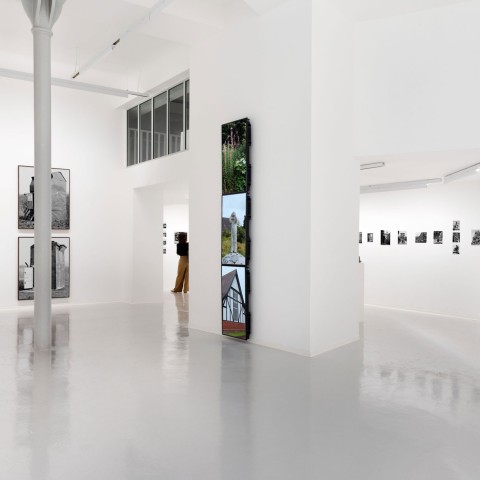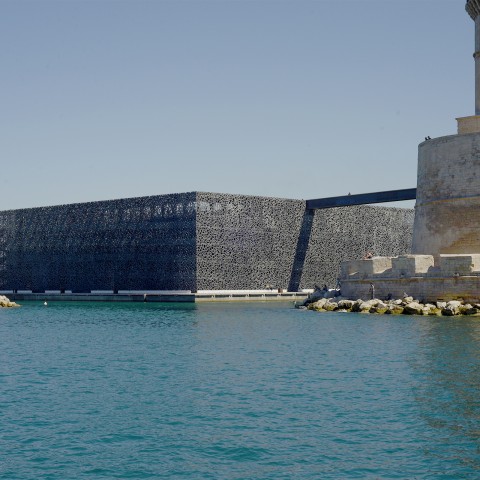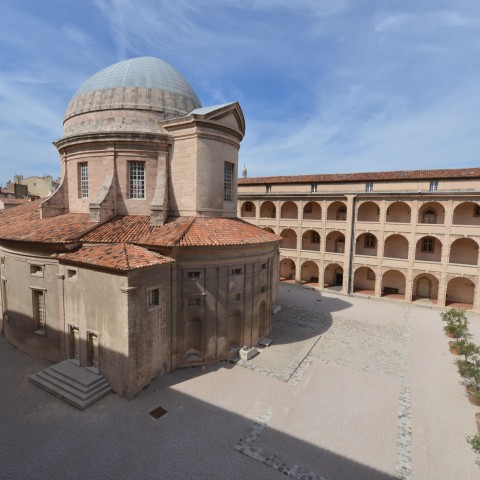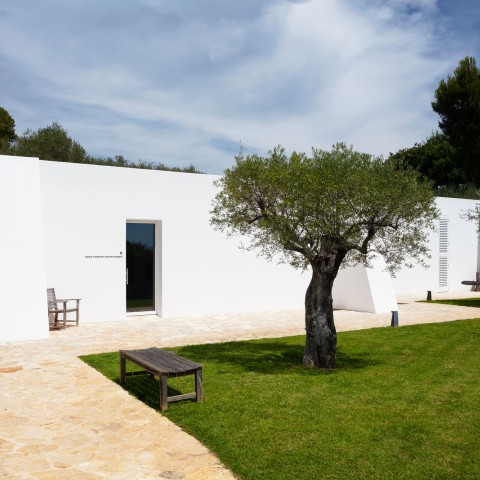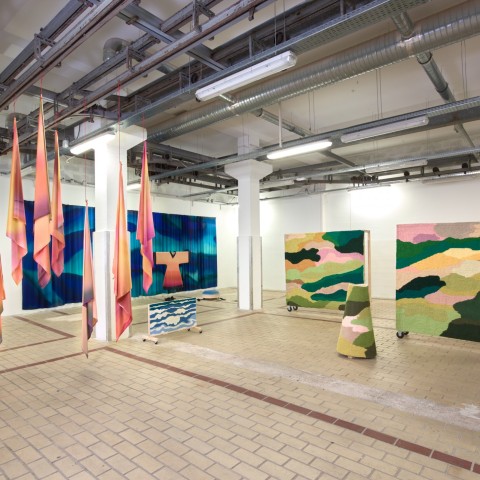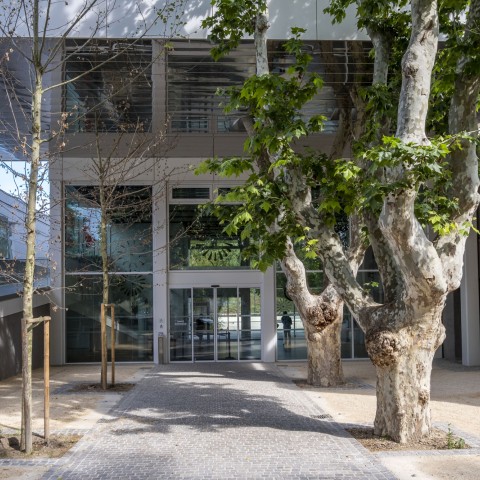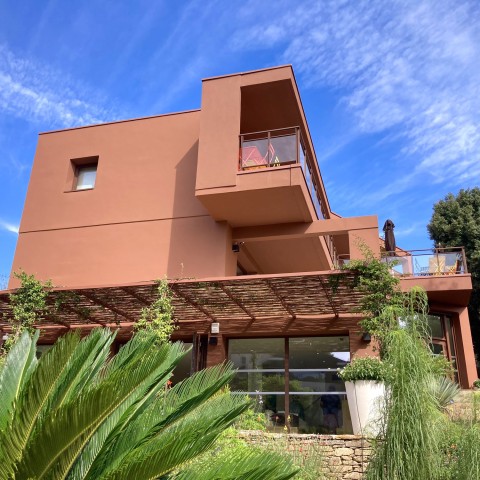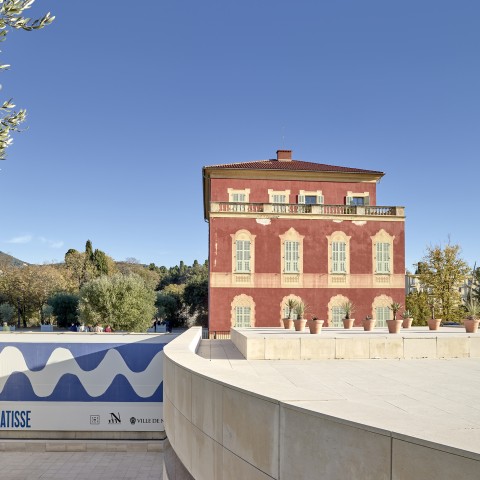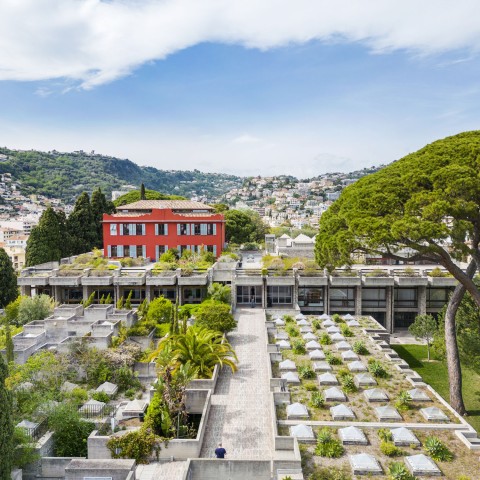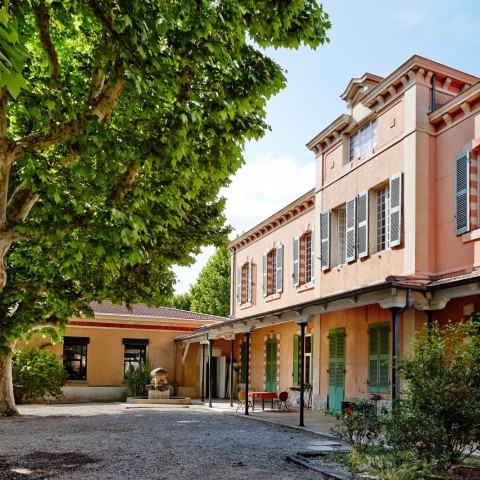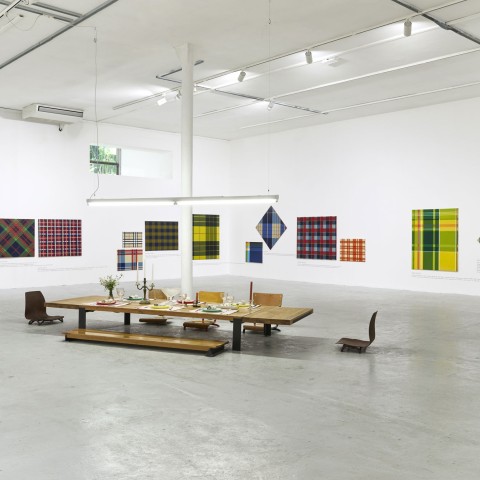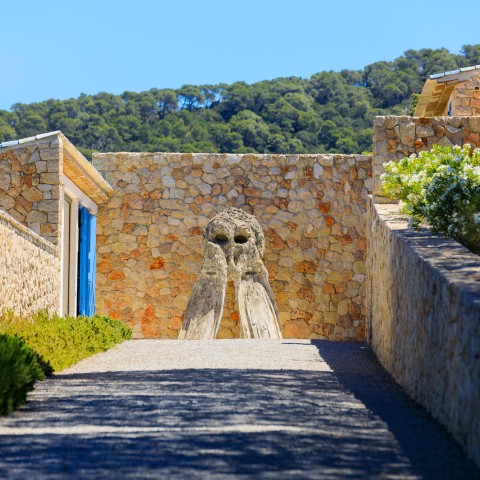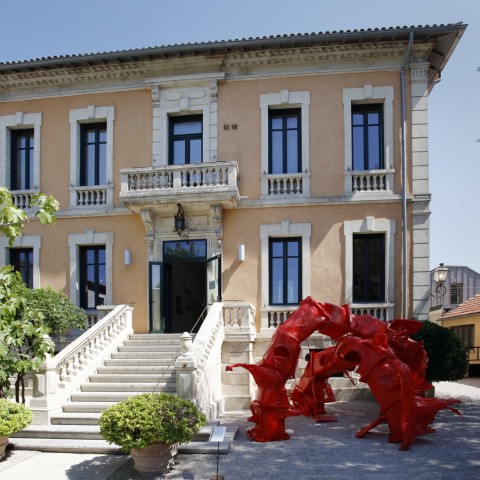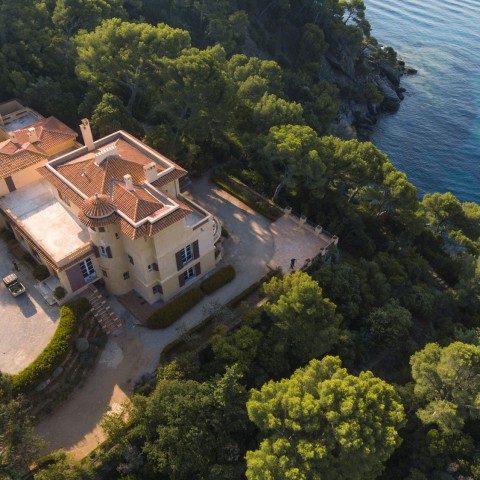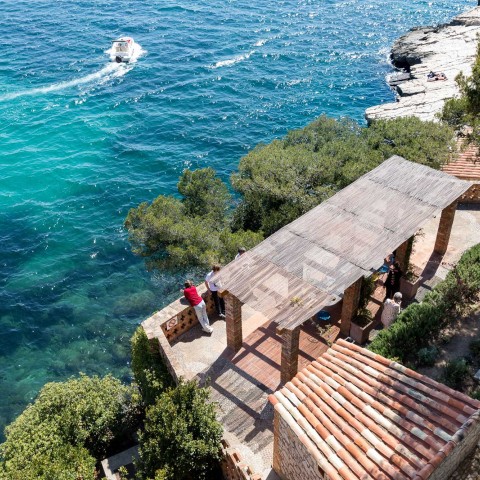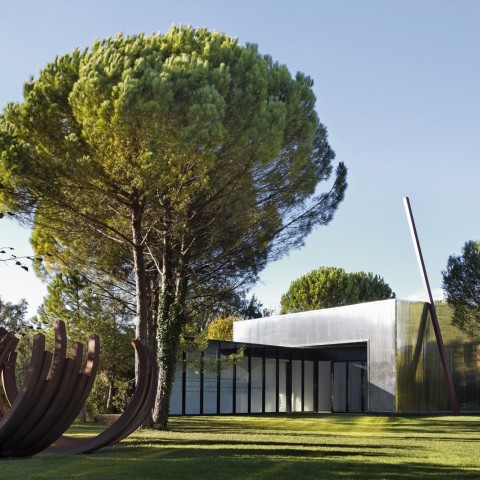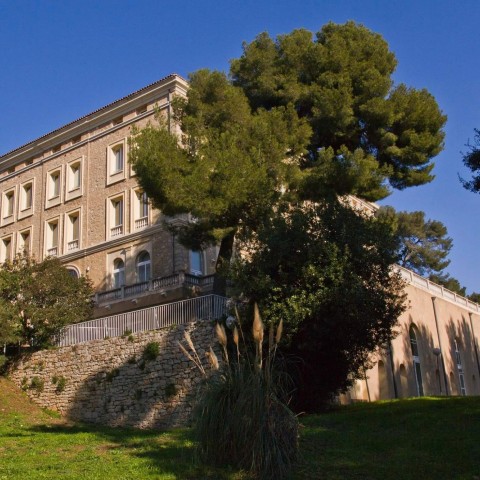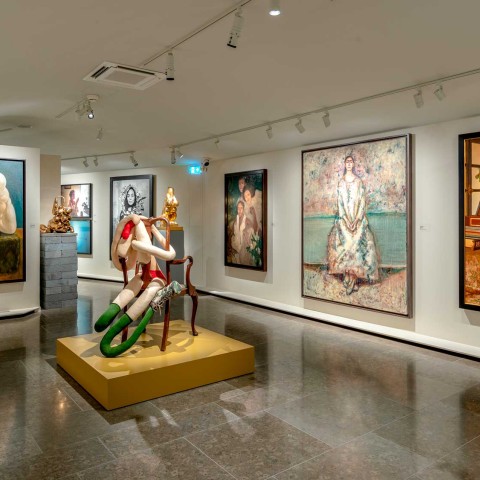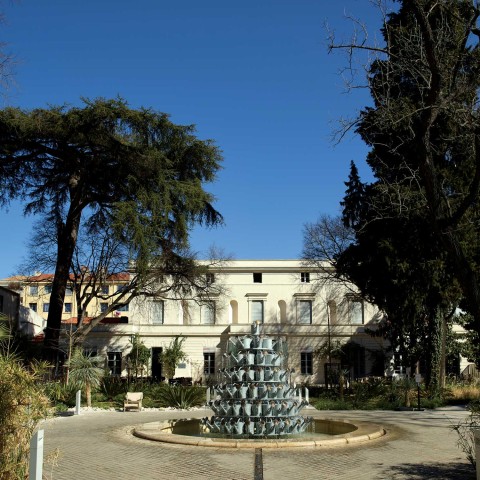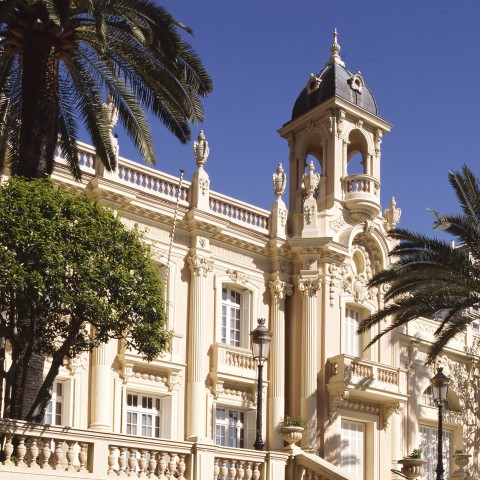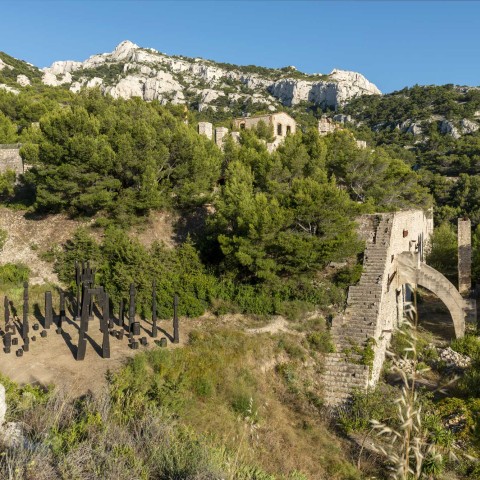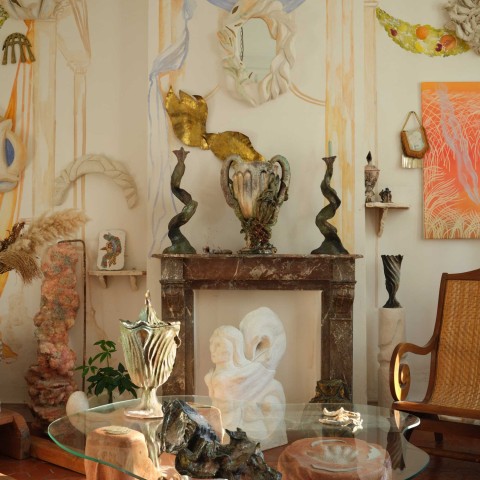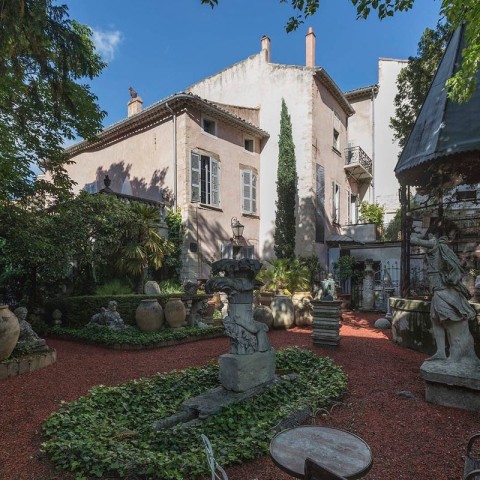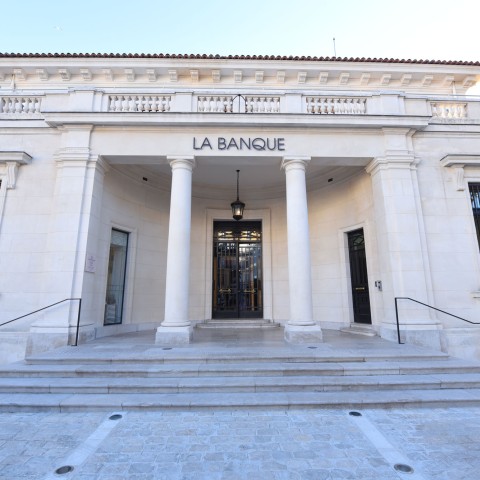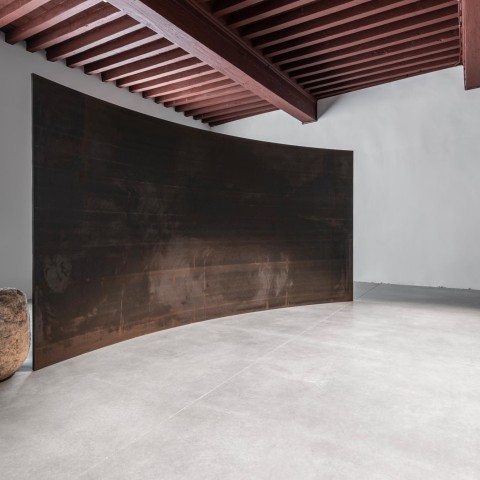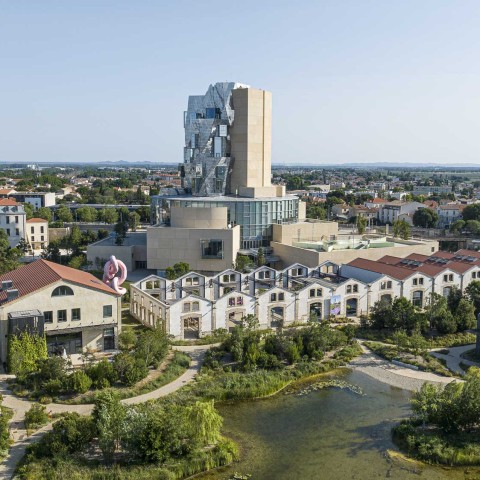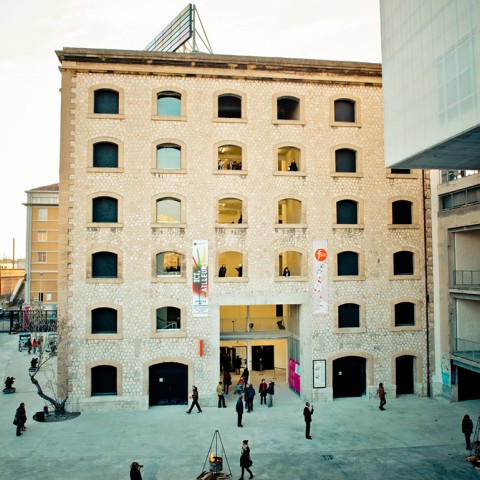Fondation Vasarely
Nestling in the hills above Aix-en-Provence, opposite the Sainte-Victoire mountain, the Fondation Vasarely boasts over 5,000 m² of futuristic architecture where art and science meet. Its hexagonal rooms house a permanent collection dedicated to the work of the master of op-art, as well as temporary exhibitions and a cultural mediation space.
The Architectural Centre of the Vasarely Foundation was built in 1976 by the French artist of Hungarian origin Victor Vasarely. It houses in a monumental architecture works of Vasarely integrated into the walls of the building. It was classified as an Historical Monument in 2013 and since 2020, it has been known as a “Musée de France”.
Nestling in the hills above Aix-en-Provence, opposite the Sainte-Victoire mountain, the Fondation Vasarely boasts over 5,000 m² of futuristic architecture where art and science meet. Its hexagonal rooms house a permanent collection dedicated to the work of the master of op-art, as well as temporary exhibitions and a cultural mediation space.
The Architectural Centre of the Vasarely Foundation was built in 1976 by the French artist of Hungarian origin Victor Vasarely. It houses in a monumental architecture works of Vasarely integrated into the walls of the building. It was classified as an Historical Monument in 2013 and since 2020, it has been known as a “Musée de France”.
Programme
Access
Fondation Vasarely
1, avenue Marcel-Pagnol
13090 Aix-en-Provence
+33 (0)4 42 20 01 09
fondationvasarely.org
Wednesday to Sunday: 10:30am – 6:30pm.
Locate other art venues in the vicinity on the map.
Discover our address book
PLACES TO DISCOVER
• Le Pavillon de Vendôme: museum and sumptuous French gardens. (Aix-en-Provence)
• Promenade de la Torse: a riverside park ideal for a country walk. (Aix-en-Provence)
PLACES TO STAY
• La Maison du Collectionneur: a confidential and intimate address to sleep in the heart of the Mazarin district. (Aix-en-Provence)
PLACES TO EAT & DRINK
• Mademoiselle Wine: a wine cellar specialising in local champagnes, just a stone's throw from the magnificent Place Richelme market. (Aix-en-Provence)
• La Méduse: a bar where the welcome is as good as the quality of the wines and the small plates to share. (Aix-en-Provence)
• Gallifet Kitchen: restaurant in the garden of the Hôtel de Gallifet from June to October, tea room from October to May. (Aix-en-Provence)



